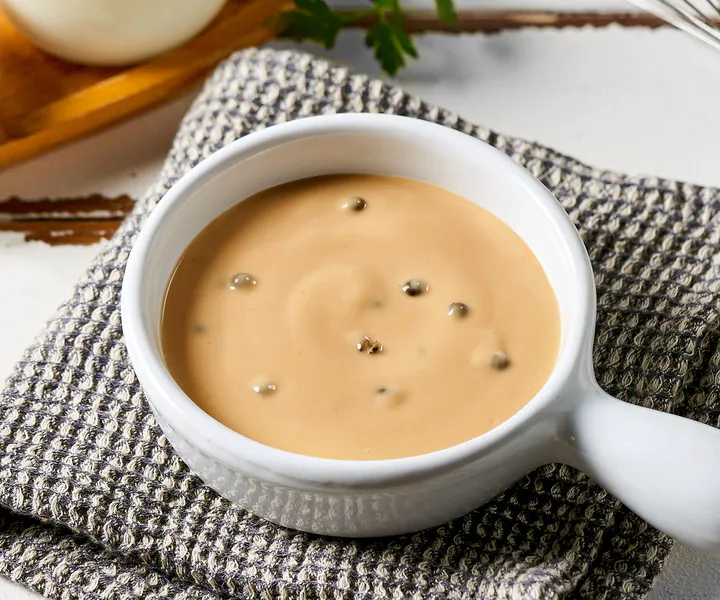Fragrant Lebanese Green Peppers Moussaka
This fragrant Lebanese Green Peppers Moussaka with Green Peppers is a perfect addition to any summery, hearty meze spread. It can be enjoyed as a starter, side dish, or main course, especially when served over…



